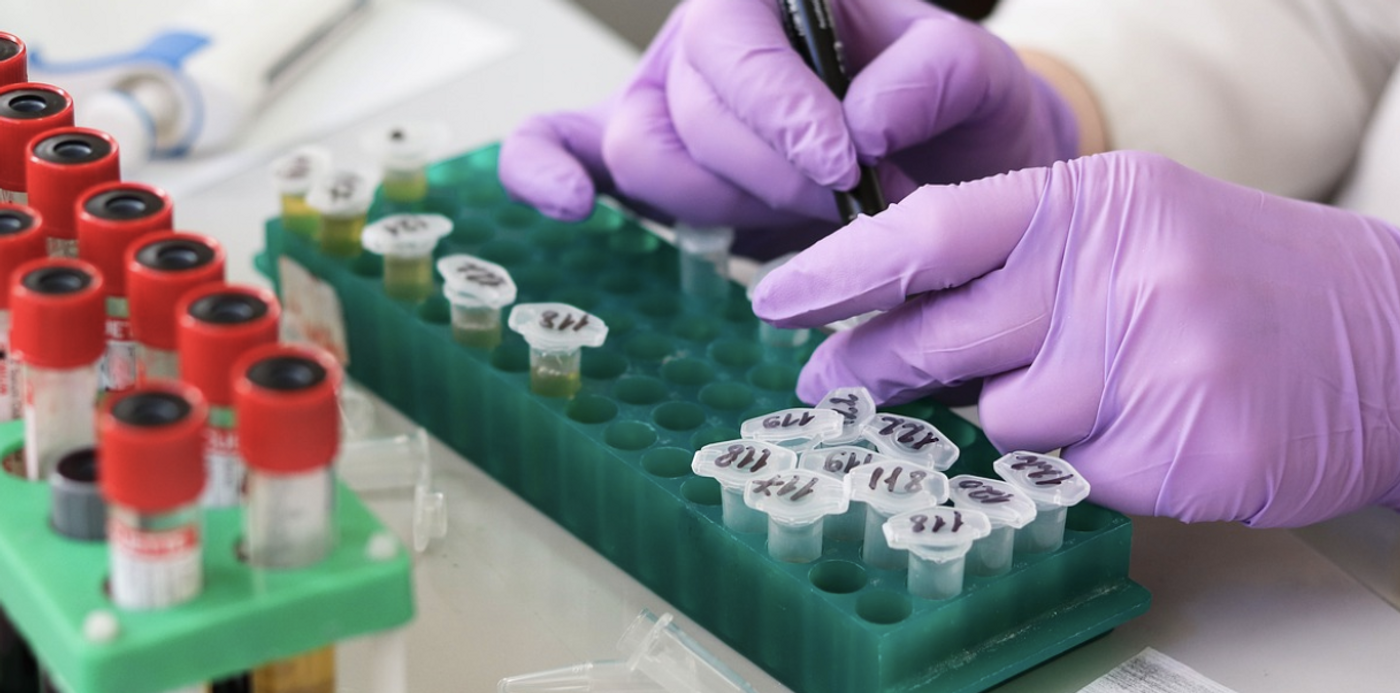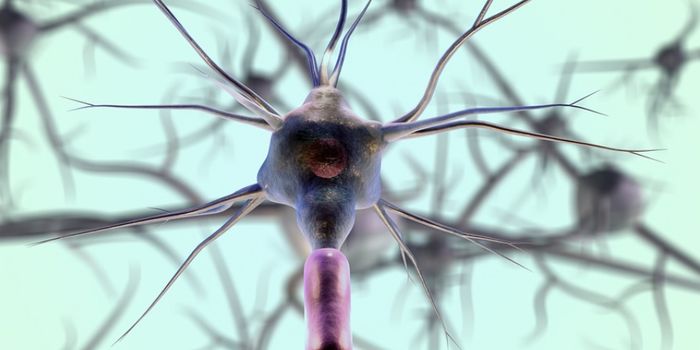Some medical mysteries have become much easier to solve because of advanced genetic techniques that have enabled researchers to quickly sequence a person's genome. Researchers have recently identified a new type of amyotrophic lateral sclerosis (ALS) that's linked to small variations or mutations in a gene called SPTLC1, which is involved in fat production. While the onset of ALS typically starts in adulthood, eleven children were found to have this disorder; in their cases, the diseases started earlier but did not progress as rapidly as average adult-onset ALS cases. These findings, which have been reported in Nature Medicine, could lead to therapeutics for these patients and potentially others with ALS.
"ALS is a paralyzing and often fatal disease that usually affects middle-aged people. We found that a genetic form of the disease can also threaten children. Our results show for the first time that ALS can be caused by changes in the way the body metabolizes lipids," said senior study author Carsten Bönnemann, M.D., senior investigator at the NIH's National Institute of Neurological Disorders and Stroke (NINDS).
In this work, the researchers assessed a group of patients exhibiting the severe muscle weakness or paralysis that is seen in ALS patients. Several of the individuals need implanted tracheostomy tubes to breathe. Non-invasive scans revealed muscle atrophy in some patients too. However, unlike ALS patients, who are usually diagnosed between the age of 50 and 60, their first symptoms began around age 4. In people diagnosed at older ages, the prognosis is poor, and many ALS patients die within five years of diagnosis. But while symptoms began in the carriers of SPTLC1 mutations at a young age, most had lived another five to twenty years.
"These young patients had many of the upper and lower motor neuron problems that are indicative of ALS," said lead study author Payam Mohassel, M.D., an NIH clinical research fellow. "What made these cases unique was the early age of onset and the slower progression of symptoms. This made us wonder what was underlying this distinct form of ALS."
Exome sequencing, which analyzes only the portions of the genome that code for protein, revealed the SPTLC1 mutations in the patients (four were inherited while six were de novo). Mutations in SPLTC1 are also known to cause another neurological disorder.
The SPLTC1 gene encodes for a subunit of an enzyme called SPT that catalyzes one of several reactions that leads to the creation of sphingolipids, a diverse group of fats. Research interest in these molecules has been intensifying in recent years, and we still have a lot to learn about them.
The researchers were confounded when they did not detect abnormal sphingolipids in the patients. But upon discussion and reexamination, the team discovered that while the sphingolipids were normal, the levels were abnormally high in these individuals. It seemed, therefore, that the mutations these patients carried were increasing SPT activity.
Additional work using neurons in culture confirmed this hypothesis; neurons with the mutations had high sphingolipid levels. The researchers also enhanced the effect by adding another SPT reaction ingredient, the amino acid serine. The study authors suggested that serene supplements should be avoided in ALS patients. They also found that these mutations stop another protein from reducing SPT activity.
"Our results suggest that these ALS patients are essentially living without a brake on SPT activity. SPT is controlled by a feedback loop. When sphingolipid levels are high then ORMDL proteins bind to and slow down SPT. The mutations these patients carry essentially short circuit this feedback loop," explained study author Teresa M. Dunn, Ph.D., a professor and chair at Uniformed Services University (USU). "We thought that restoring this brake may be a good strategy for treating this type of ALS."
When small interfering RNA was used to test the idea on patient cells, it was successful.
"These preliminary results suggest that we may be able to use a precision gene silencing strategy to treat patients with this type of ALS. In addition, we are also exploring other ways to step on the brake that slows SPT activity. Our ultimate goal is to translate these ideas into effective treatments for our patients who currently have no therapeutic options," said Bonnemann.
Sources: AAAS/Eurekalert! via NIH/National Institute of Neurological Disorders and Stroke, Nature Medicine
-
APR 30, 2024Immuno-Oncology Virtual Event Series 2024
-
MAY 07, 20243rd International Biosecurity Virtual Symposium
-
JUN 06, 2024The Future of Scientific Conferencing
- See More


















































